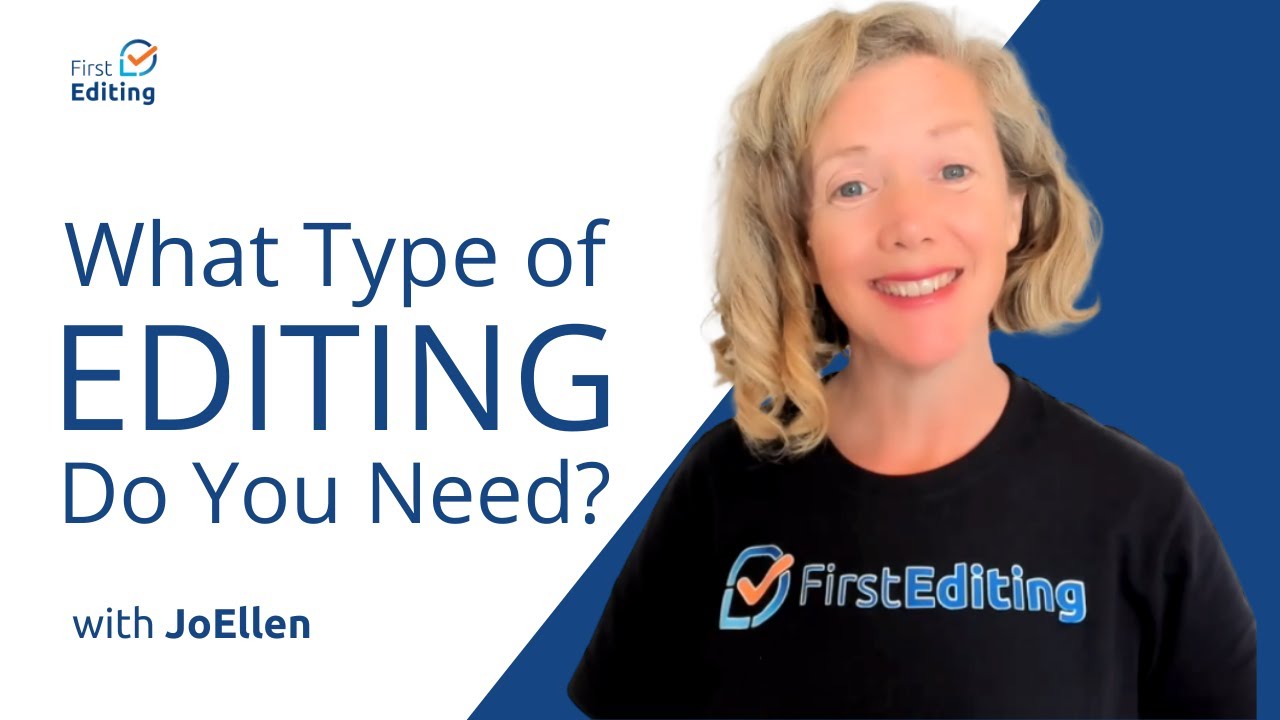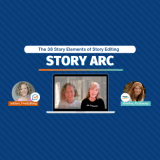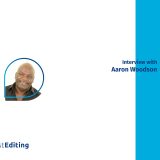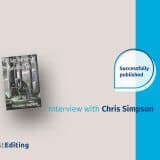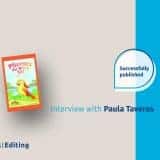
To shape your manuscript into a polished, publishable piece of work, you will need a book editor. A book editor is a professional who will collaborate with you and help you reach your publishing goal. That way, the final polished piece catches the right kind of attention. Your editor will apply thoughtful changes to your work while keeping it in line with your unique writing style and artistic vision.
Any author with a good editor on their side has a massive advantage over the many unpublished writers who don’t. In recent times, many people are turning their hands to writing. While many of the stories are great, the variety of amateur mistakes a new writer can make is immense. Publishing experts who do not wish to have to repair a work before publishing it have a keen eye for these; they will spot them immediately. Luckily for you, your editor is also highly skilled at spotting amateur mistakes. They will help you remove all trace of them so your manuscript has the best possible chance of publishing success. Your editor’s principal goal is to make your book, even if it’s your first, seem as expertly crafted as if you were an old pro.
It is ideal to have an editor who fits your story and style, so choose your editing service wisely. A sample edit is the best way to do this, along with considering a solid BBB rating. The sample edit gives you an opportunity to see the editor’s work in practice. It is also a good way to decide whether you need heavy editing or a lighter touch. A good editor is adaptable to many styles of writing. They will work with as light or as heavy a hand as necessary to bring your story to perfection. After completing a sample for you, they will be able to give you advice on what type of editing your manuscript needs.
What is a Book Editor?
In early drafts, editing revisions tend to focus on plotting and characterization. For example, is the story consistent and are the characters acting logically? Has something important been left out or is a scene repetitive? Does the scene make sense, or will the reader be left scratching their head? Editors can identify these problem areas quickly and offer suggestions for how you might go about fixing them. Your editor will review the sentence-level mechanics, once the manuscript is nearing the final draft. This line-by-line editing includes checking for typos, repeated phrases, incorrect punctuation or ambiguous wording, among other issues.
If you are submitting your manuscript to agents or publishing houses, you may need to supply a few extra items; namely, a query letter introducing yourself, a synopsis, and an author bio. So, how do you write these items? Many editors offer additional writing services to take care of these for you. Query letters and synopses will be written expertly. Aside from the first pages or chapter of your manuscript, this may be the only text your potential agent or publishing house editor reads. That is how they decide whether to reject or accept your work. If you are not 100% confident about writing these texts in a professional and attention-grabbing way, don’t take a chance. Hire a professional to take care of this for you. It will give your manuscript the best introduction possible.
Originally posted on 3/31/2011 and happily update on 11/16/2017. Thanks for reading!




